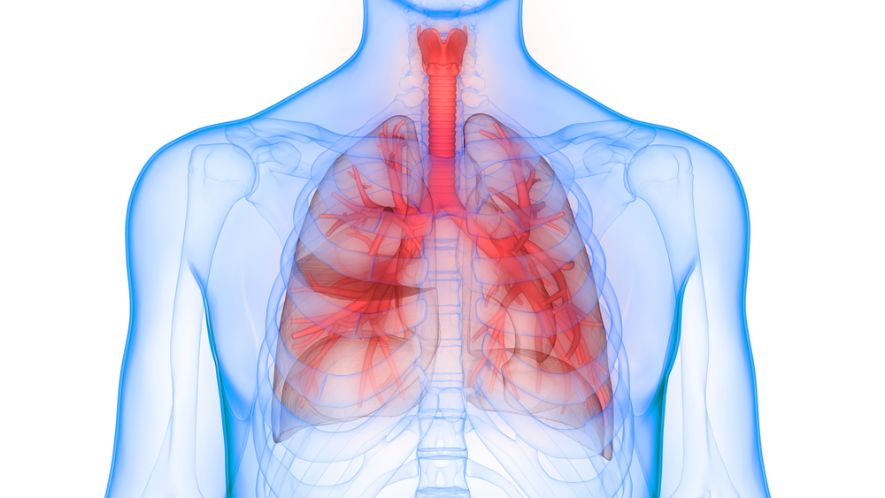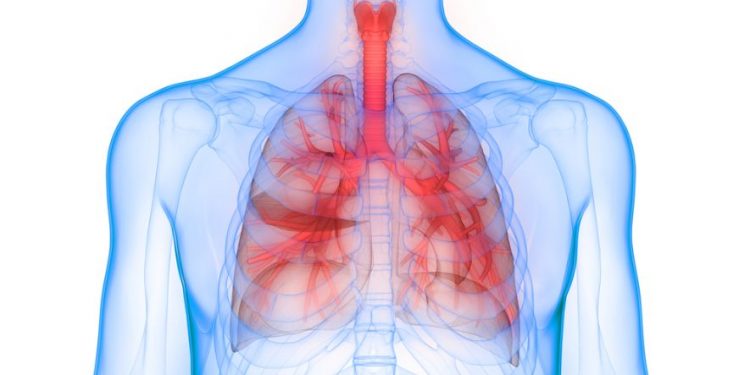If you have been diagnosed with cancer of the trachea, you may be experiencing a number of symptoms. These include hoarseness, difficulty swallowing, bleeding, and coughing. Depending on the type of tumor, these symptoms can be caused by different factors. You may also have a higher risk of tracheal tumors if you are a smoker.
There are many types of tracheal tumors, including squamous cell carcinoma, adenoid cystic carcinoma, papillomas, and chondromas. The tumors range in size and affect men and women equally. Squamous cell cancer is the most common form of tracheal cancer. In addition to causing hoarseness and dyspnea, squamous cell carcinoma can also cause ulcers in the trachea. Chemotherapy and radiation therapy are sometimes used to treat tracheal cancer. However, surgery is the most effective method of treatment for tracheal cancer.
When tracheal tumors are small, the patient may have no symptoms. However, larger tumors can obstruct the trachea, causing symptoms such as wheezing, fatigue, and coughing. Some tracheal cancers have a history of spread to other parts of the body, increasing the severity of the disease. This means that the treatment plan must be carefully analyzed to ensure the greatest benefit for the patient.

The treatment of tracheal cancer should be discussed with your multidisciplinary oncology team. Treatment plans will be personalized to each patient. Your doctor will evaluate the extent of the cancer, the size of the tumor, and the location of the cancer. Tracheal cancers can be treated with chemotherapy, radiotherapy, or surgical resection. Bronchoscopic surgery is an option for large tracheal tumors. Bronchoscopic surgery involves passing a thin, lighted tube into the trachea to inspect the lining of the trachea. Once the tumor is located, it is removed with specialized surgical instruments. A rigid bronchoscope is another tool that surgeons use to view the trachea. Rigid bronchoscopy allows for biopsy of the tracheal tumor to be performed. It can also be used to core out tracheal tumors, allowing for a pathologic diagnosis.
The most common benign tracheal tumors are papillomas and chondromas. Papillomas are cauliflower-like tumors that are thought to be caused by the human papilloma virus. Chondromas are found in the cartilage rings of the trachea. Papillomas often cause hoarseness, but the disorder does not typically affect the vocal cord. Other types of tracheal tumors are rare.
For patients with limited or limited disease, surgery is usually the best way to treat tracheal cancer. If surgery is not possible, endobronchial brachytherapy or cryotherapy is an alternative. Laser vaporization and photodynamic therapy are other less invasive procedures. Radiation therapy can also be used to shrink a tumor and remove it from the airway.
For patients who are not candidates for surgery, a combination of chemotherapy and radiotherapy is used. Cancer that has already spread to other areas of the body is considered metastatic and has a poorer prognosis. Smoking is a known risk factor for squamous cell cancer. Therefore, quitting smoking can improve the quality of life of patients with tracheal cancer.











